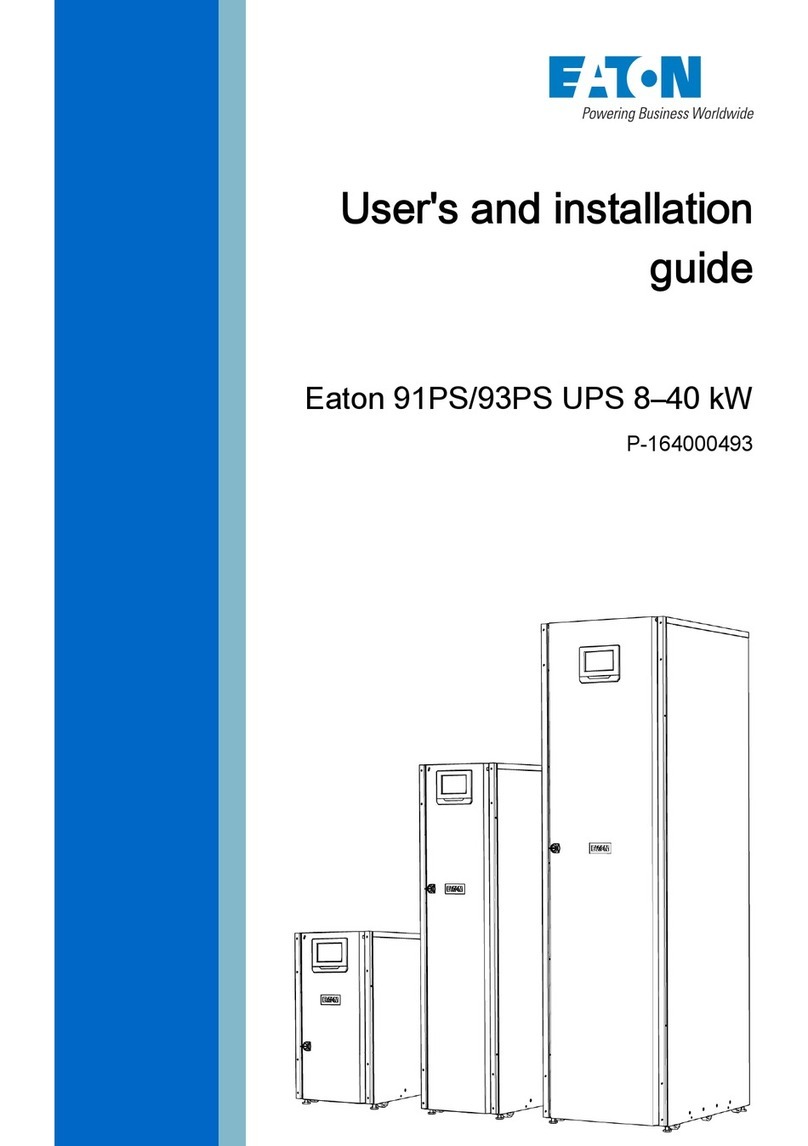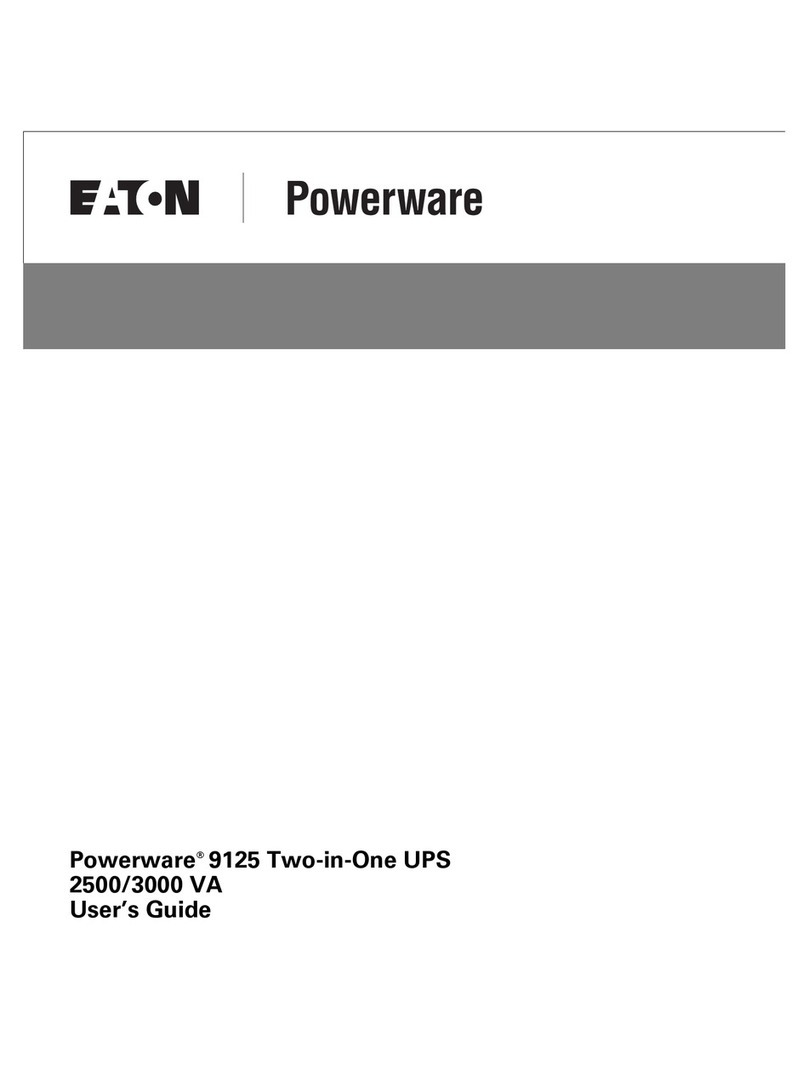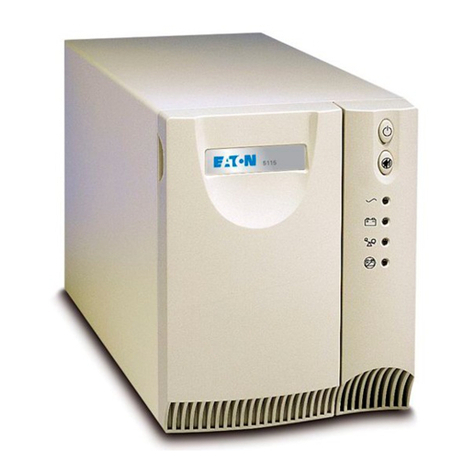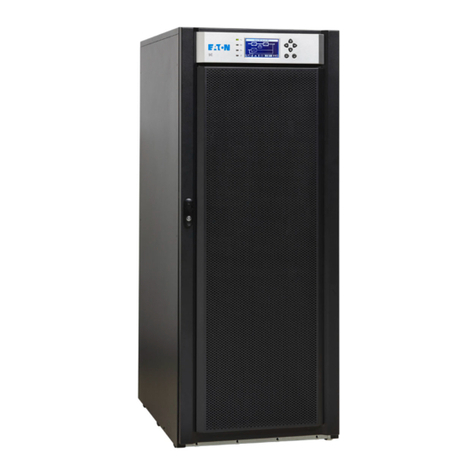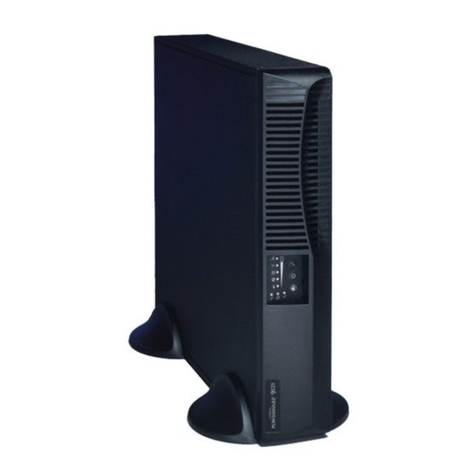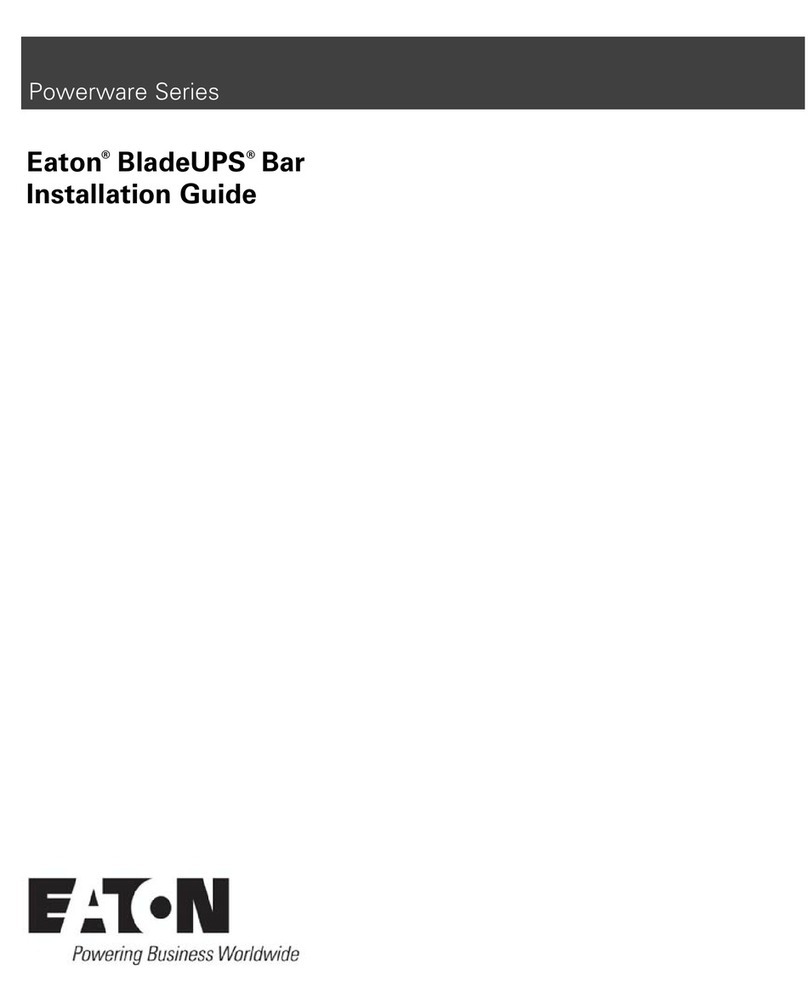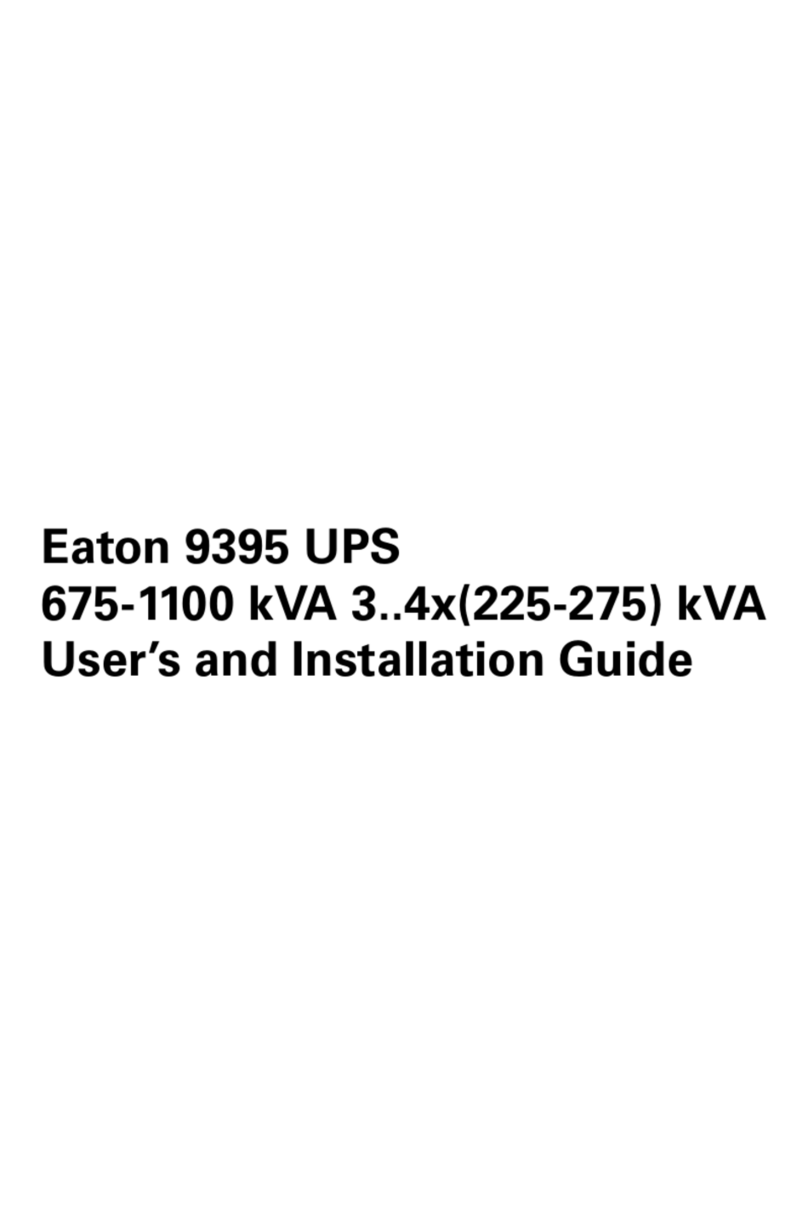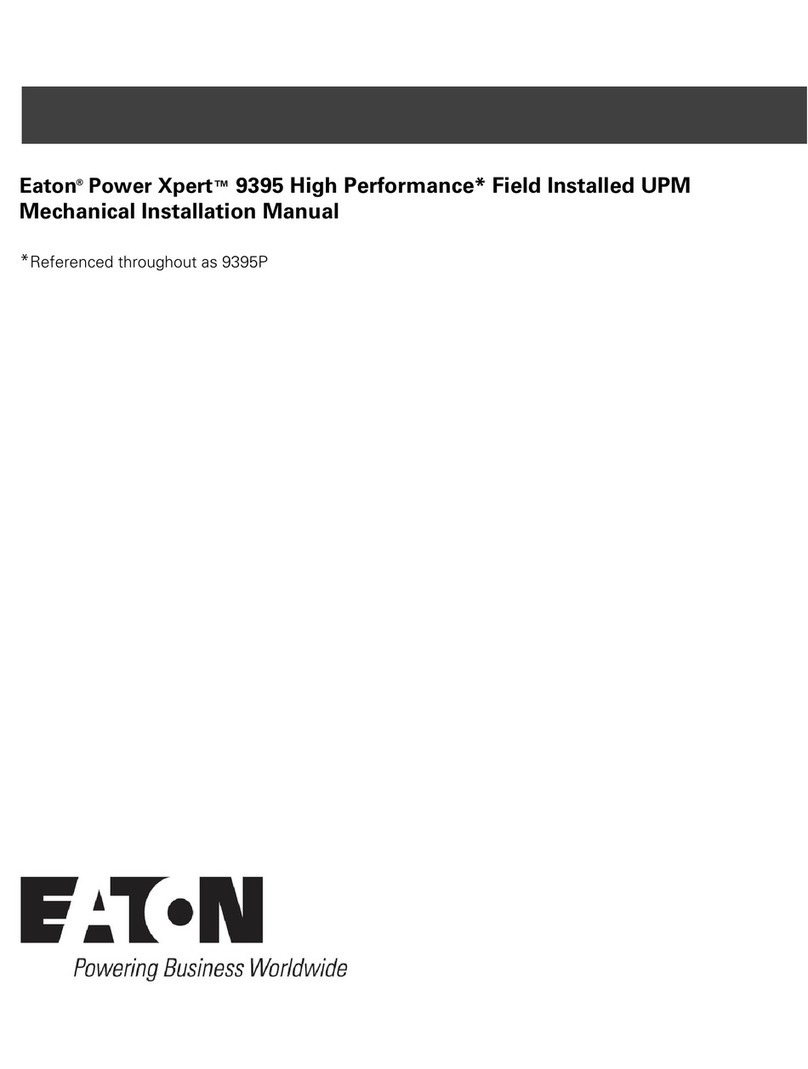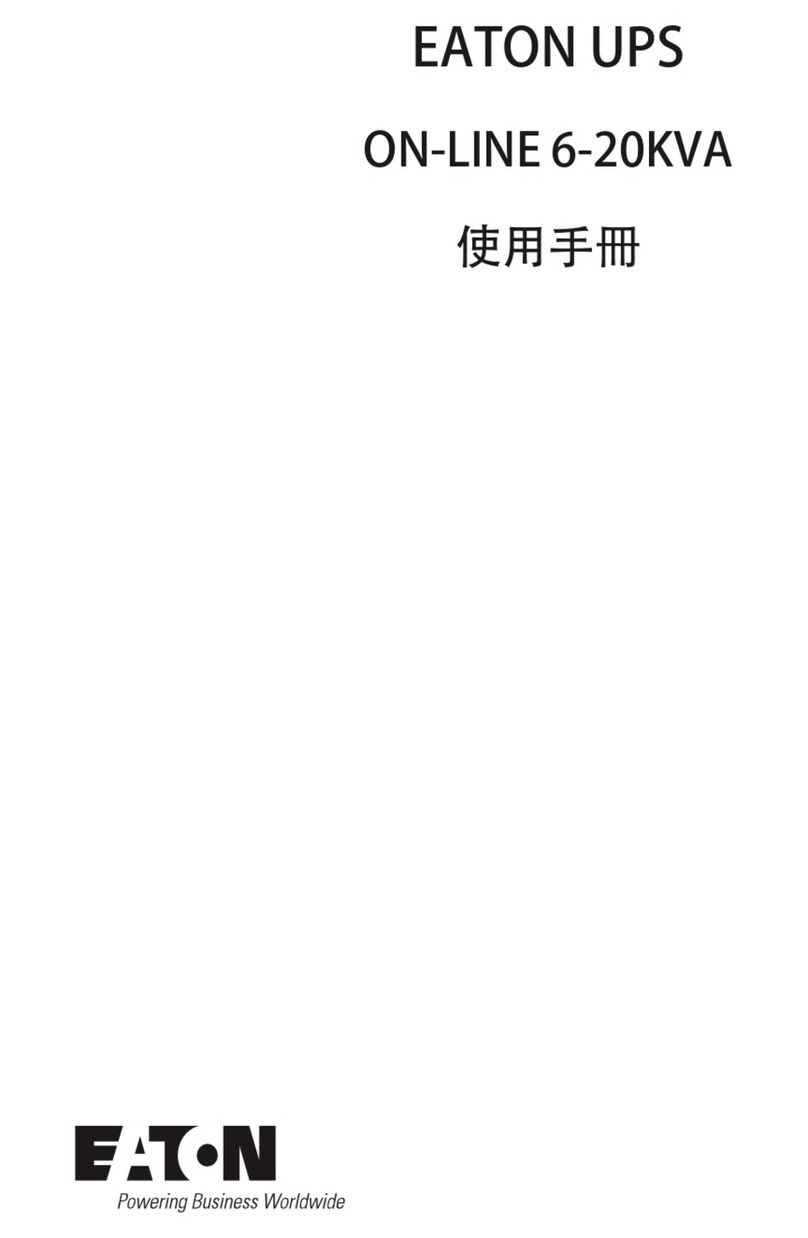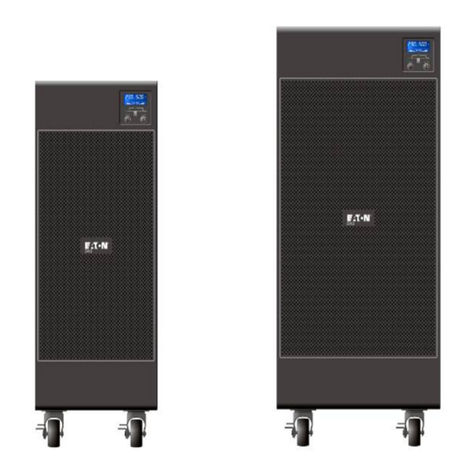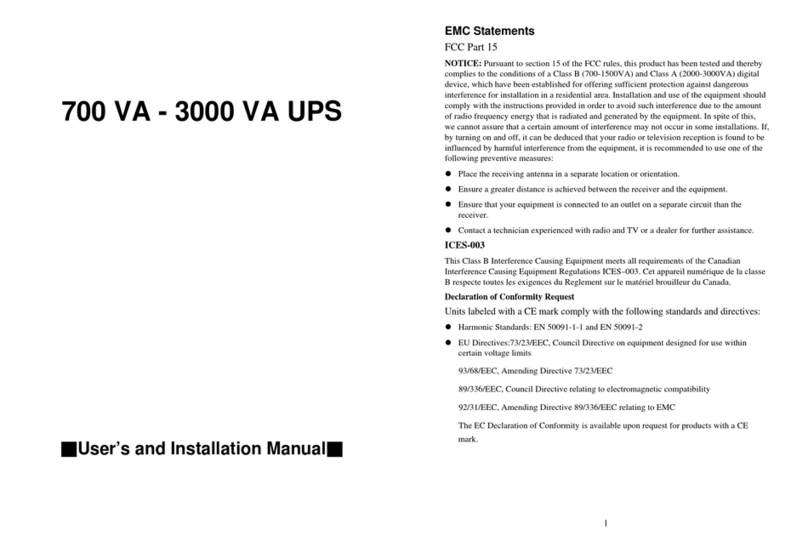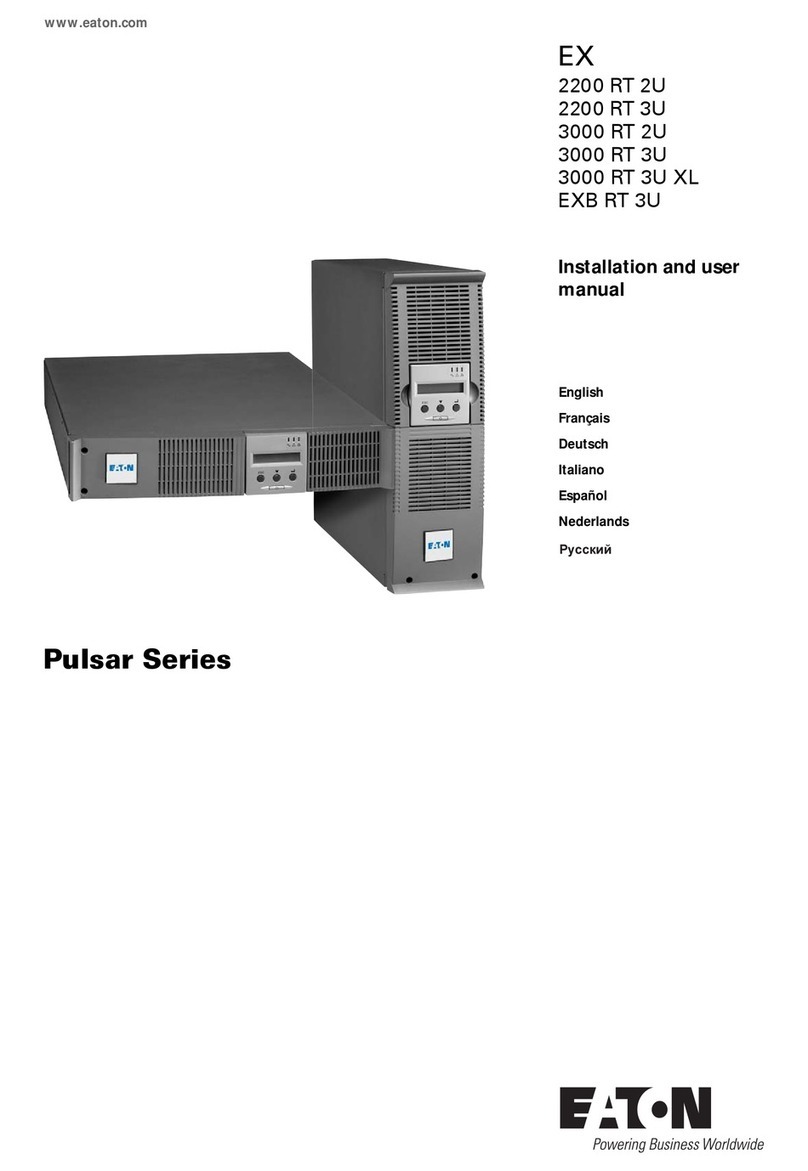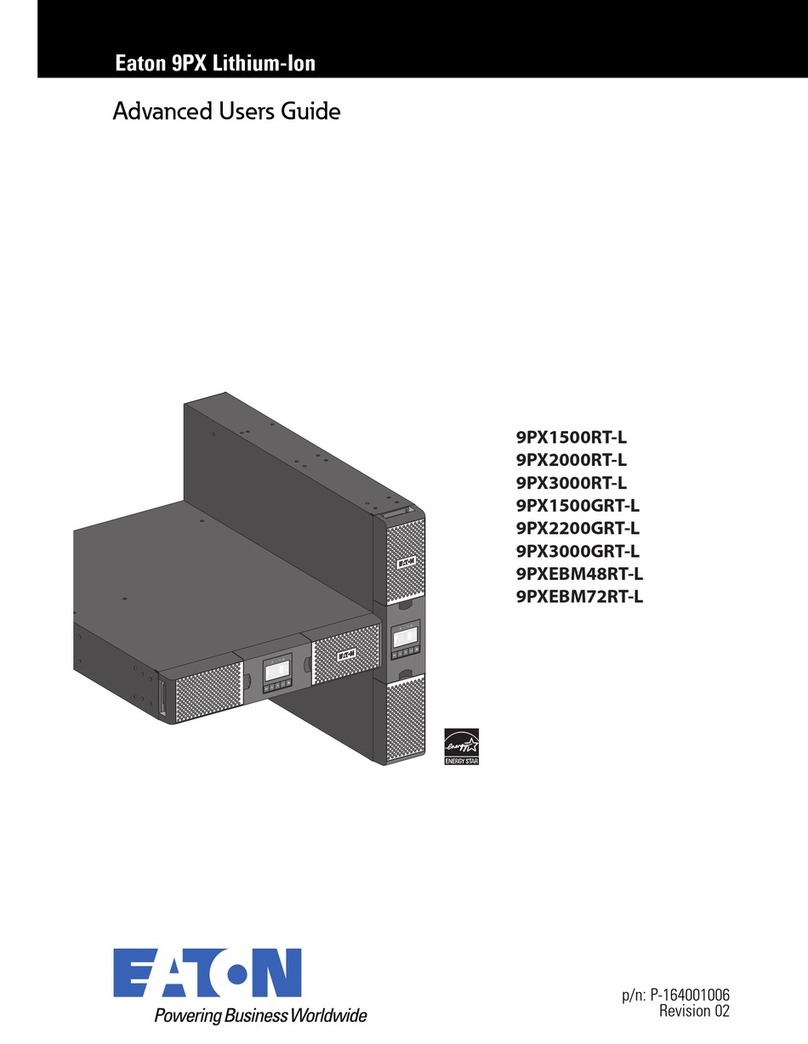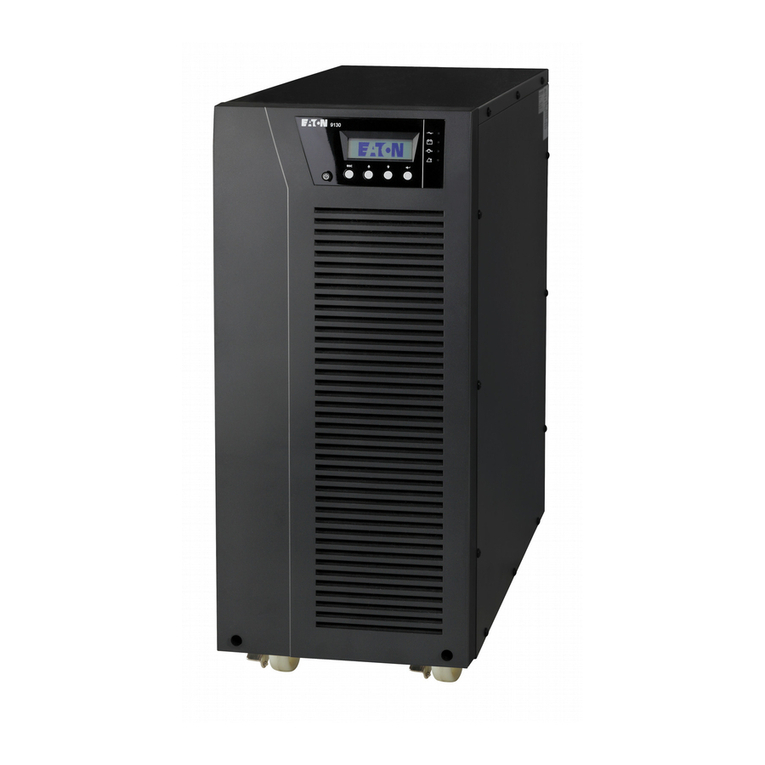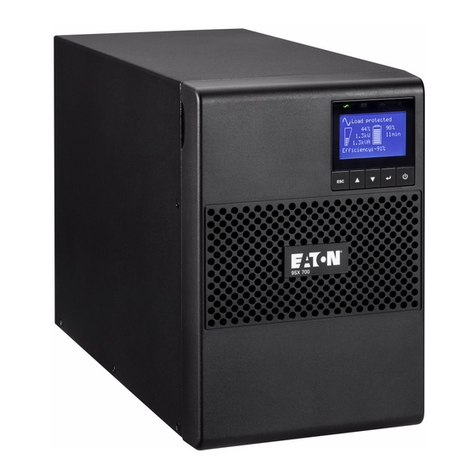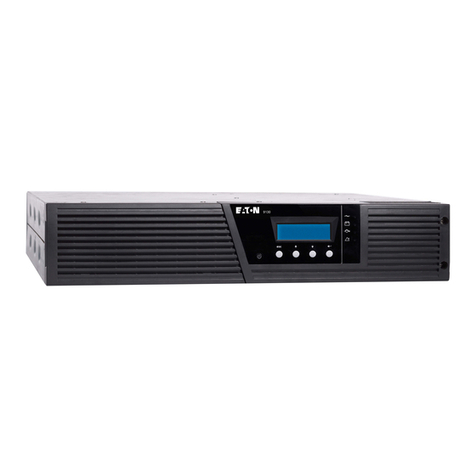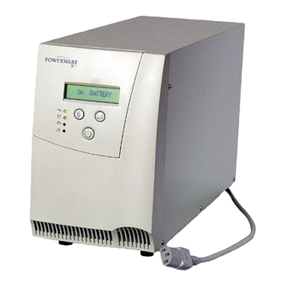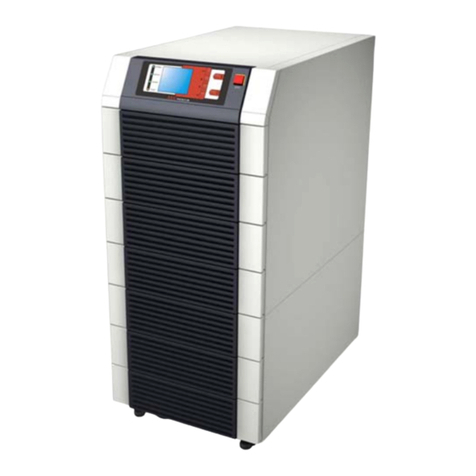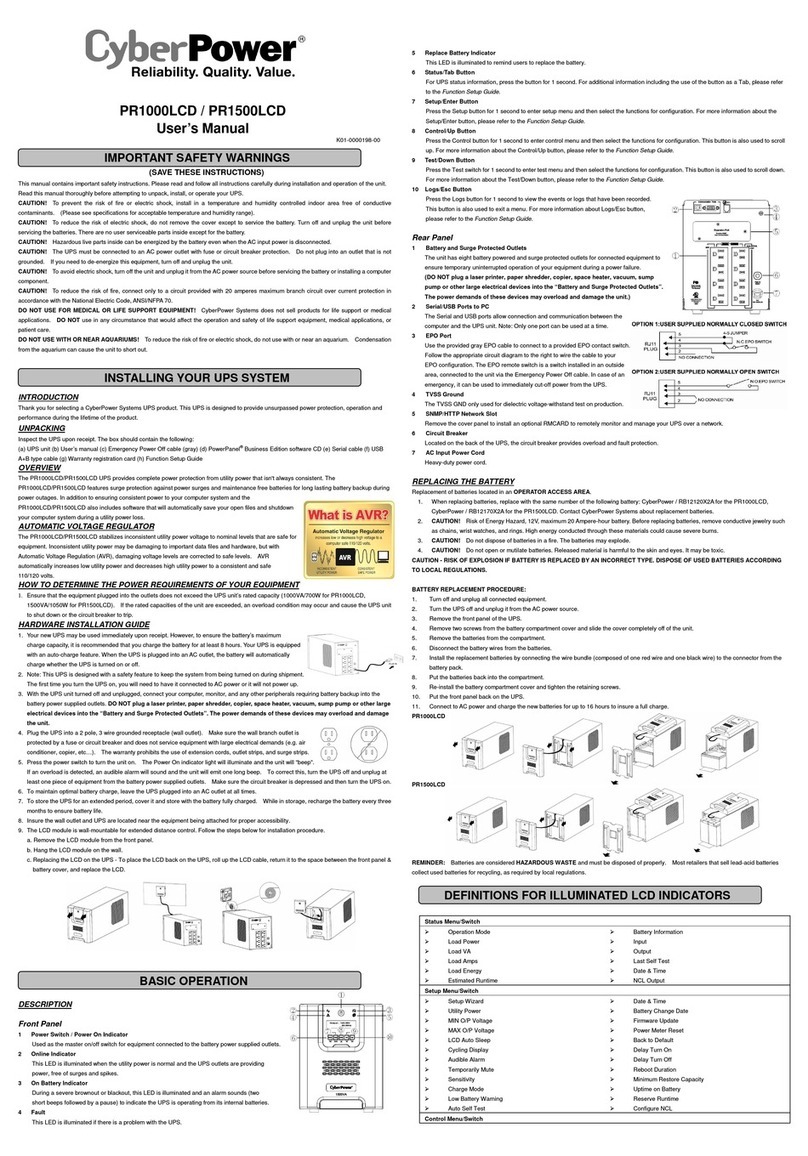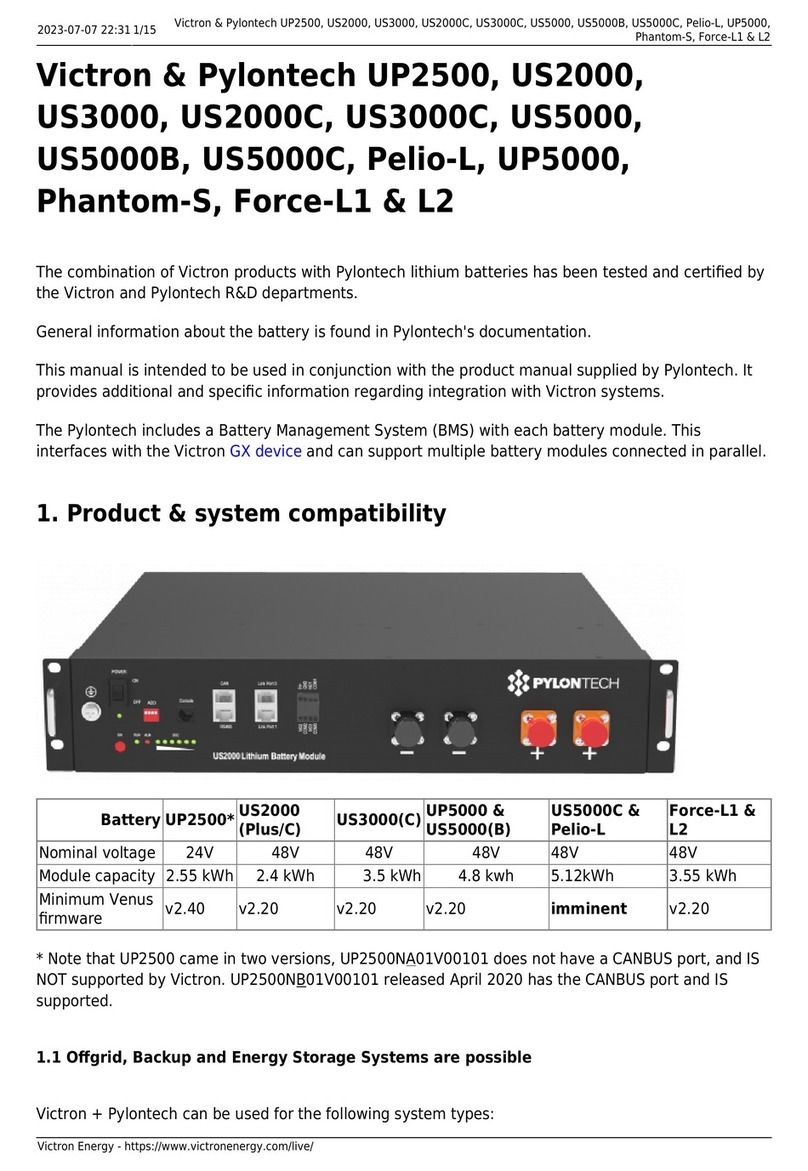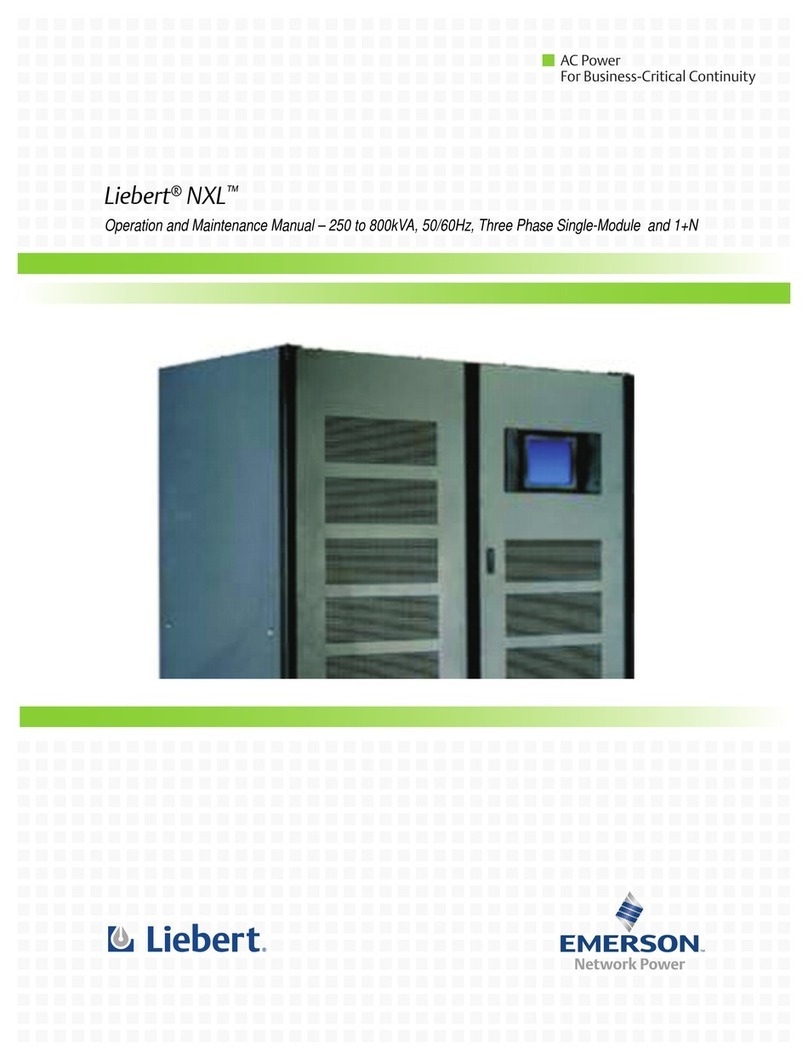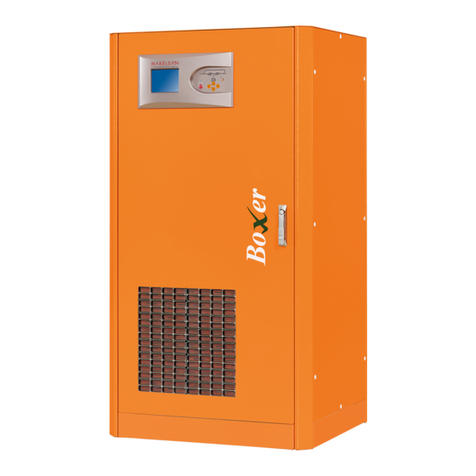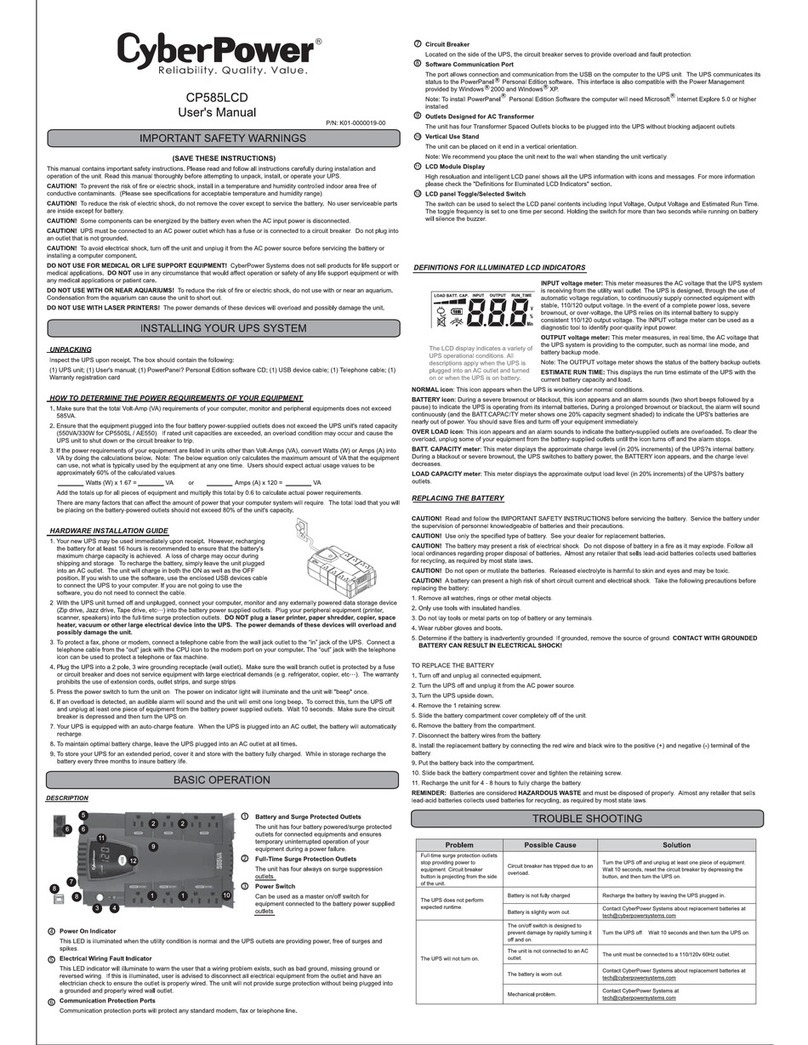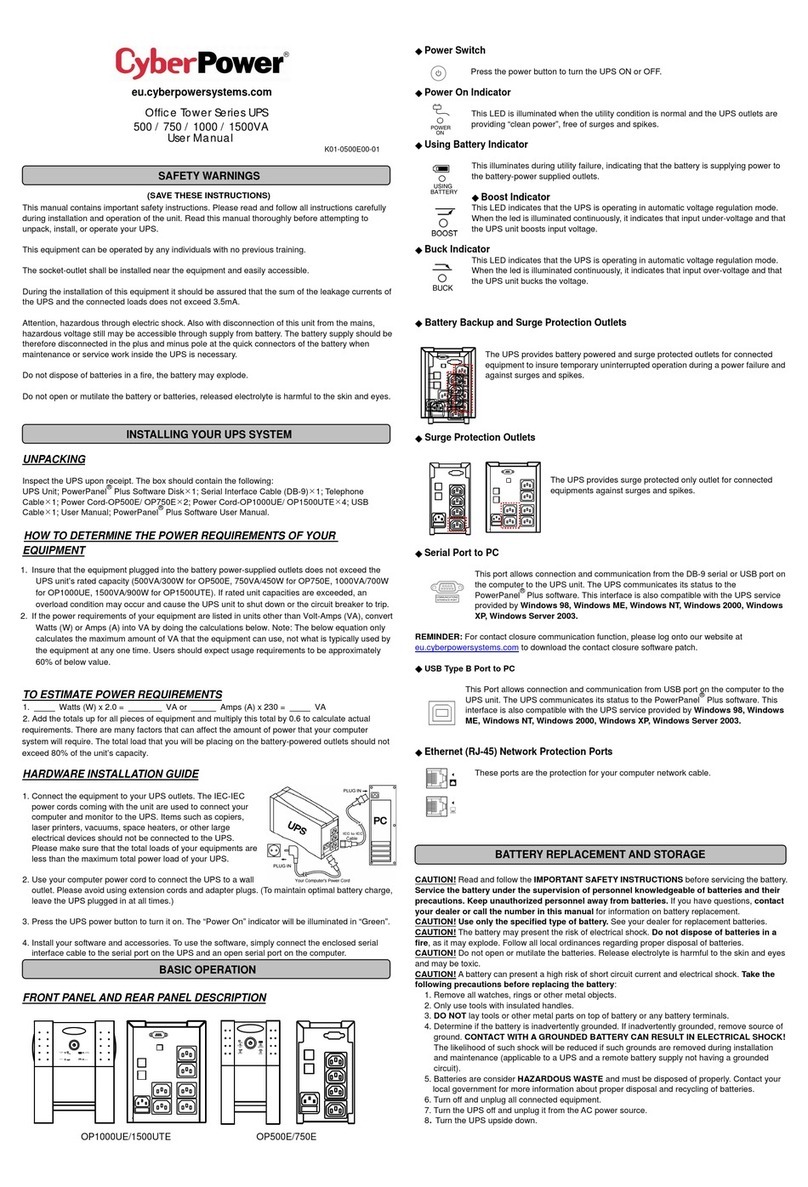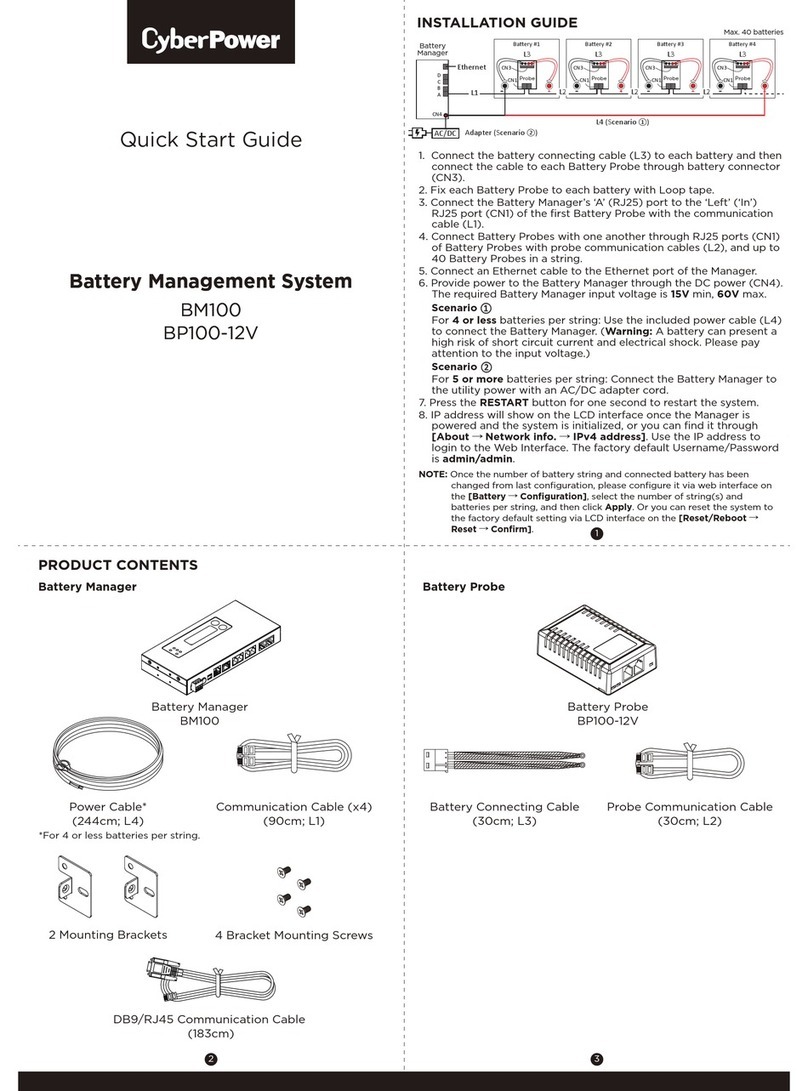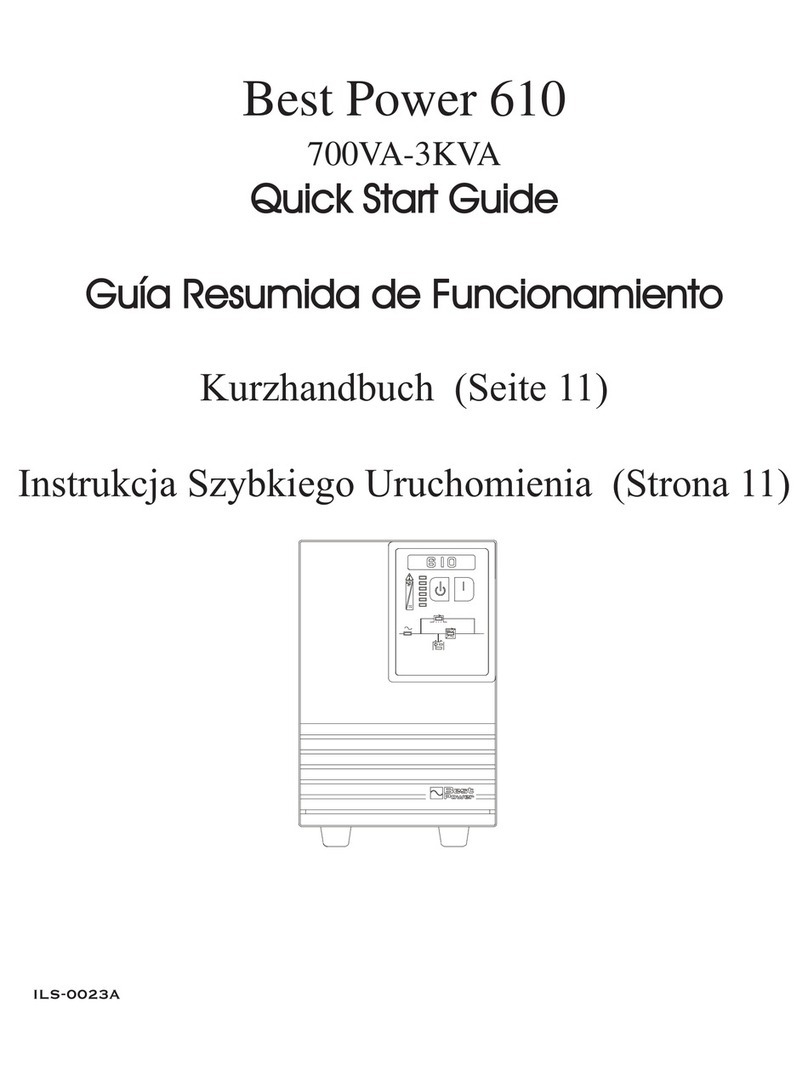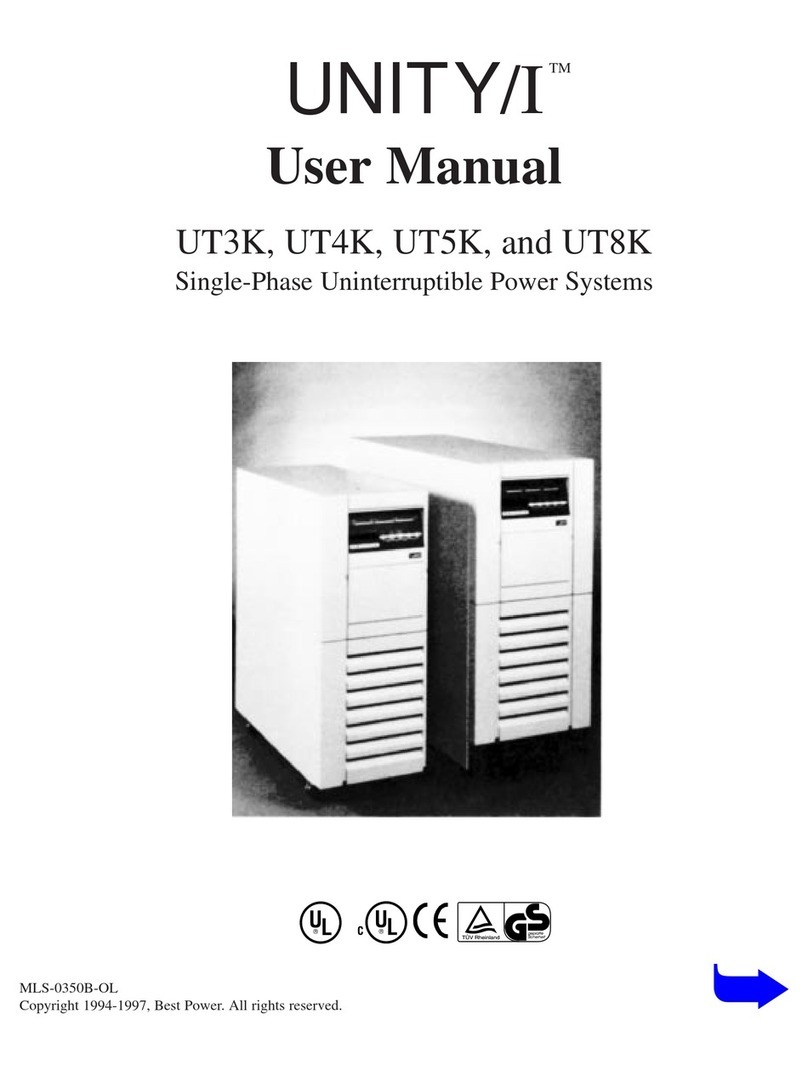
SSppeecciiaall SSyymmbboollss
The following are examples of s mbols used on the product to alert ou to important information:
Danger: Dangerous voltage levels are present within the UPS The UPS has an internal
power source (the battery) Consequently, the power outlets may be energized even if the
UPS is disconnected from the AC power source
Important instructions that must always be followed
CAUTION: Batteries present a risk of energy or electric shock or burn from high short circuit
currents Observe proper precautions Batteries may contain HIGH VOLTAGE and CORROSIVE,
TOXIC, and EXPLOSIVE substances Do not dispose of batteries in a fire, as they may explode
This symbol indicates that you should not discard the UPS or the UPS batteries in the trash
This product contains sealed, lead— acid batteries and must be disposed of properly For
more information, contact your local recycling/reuse or hazardous waste center
Special Symbols
The following are examples of symbols used on the UPS or accessories to alert you to important
information:
RISK OF ELECTRIC SHOCK - Observe the warning associated with the risk of
electric shock symbol.
CAUTION: REFER TO OPERATOR'S MANUAL - Refer to your operator's manual for
additional information, such as important operating and maintenance
instructions.
This symbol indicates that you should not discard the UPS or the UPS batteries
in the trash. This product contains sealed, lead‐acid batteries and must be
disposed of properly. For more information, contact your local recycling/reuse or
hazardous waste center.
This symbol indicates that you should not discard waste electrical or electronic
equipment (WEEE) in the trash. For proper disposal, contact your local
recycling/reuse or hazardous waste center.
Eaton, Powerware, and BladeUPS are registered trademarks of Eaton Corporation or its subsidiaries and affiliates.
Phillips and Pozidriv are registered trademarks of Phillips Screw Company.
ECopyright 2008–2010 Eaton Corporation, Raleigh, NC, USA. All rights reserved. No part of this document may be
reproduced in any way without the express written approval of Eaton Corporation.
This symbol indicates that you should not discard waste electrical or electronic equipment
(WEEE) in the trash For proper disposal, contact your local recycling/reuse or hazardous
waste center for more information
BBaatttteerryy WWaarrnniinngg IInnssttrruuccttiioonnss
• Internal batter voltage is 12VDC. Sealed, lead-acid, 6-cell batter .
• Risk of electric shock. All repairs and service should be performed b AUTHORIZED SERVICE
PERSONNEL ONLY. There are NO USER-SERVICEABLE PARTS inside the UPS. The batter
circuit is not isolated from AC Mains Input.
• Remove watches, rings, and other metal objects from the hands.
• Wear rubber gloves and boots.
• Use tools with insulated handles.
• The s stem must be properl grounded at all times.
• The batter supplied with the s stem contains small amounts of toxic materials. To avoid
accidents, observe the following directives:
–Servicing of batteries should be performed or supervised b personnel knowledgeable about
batteries and the required precautions.
–When replacing batteries, replace with the same t pe and number of batteries or batter
packs.
–Do not dispose of batteries in a fire. The batteries ma explode.
–Batteries constitute a danger (electrical shock and burning). The short-circuit current ma be
ver high.
• Precautions must be taken for all handling. A batter can present a risk of electric shock and high
short circuit current. The following precautions should be observed when working on batteries:
–Do not la tools or metal parts on top of batteries.
–Disconnect the charging source prior to connecting or disconnecting batter terminals.
–Remove batter grounds during installation and maintenance to reduce the likelihood of
shock
–Determine if the batter is inadvertentl grounded. If inadvertentl grounded, remove the
source from the ground. Contact with an part of a grounded batter can result in electrical
shock. The likelihood of such shock can be reduced if such grounds are removed during

